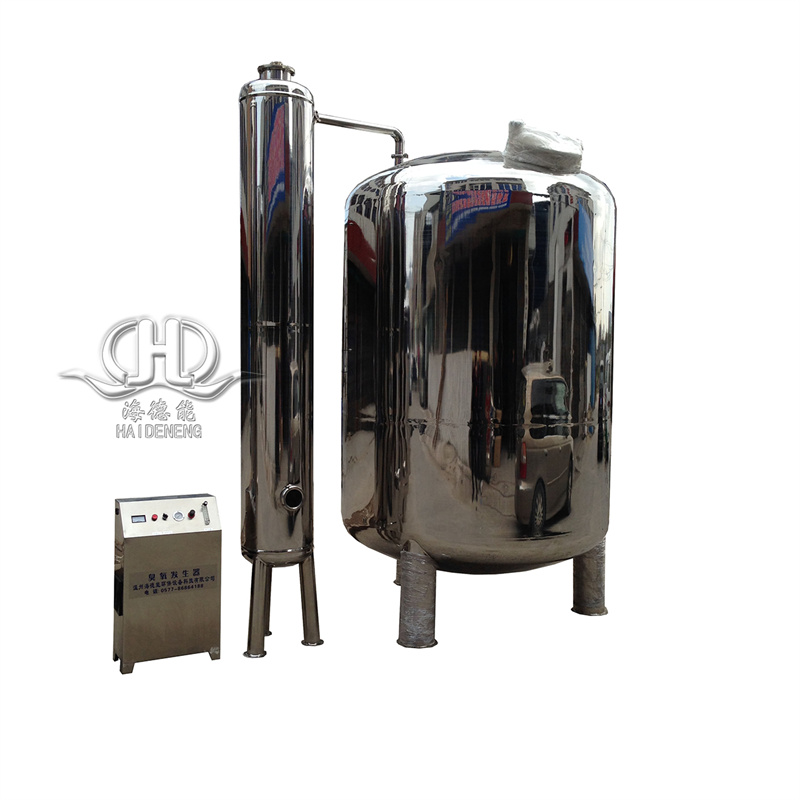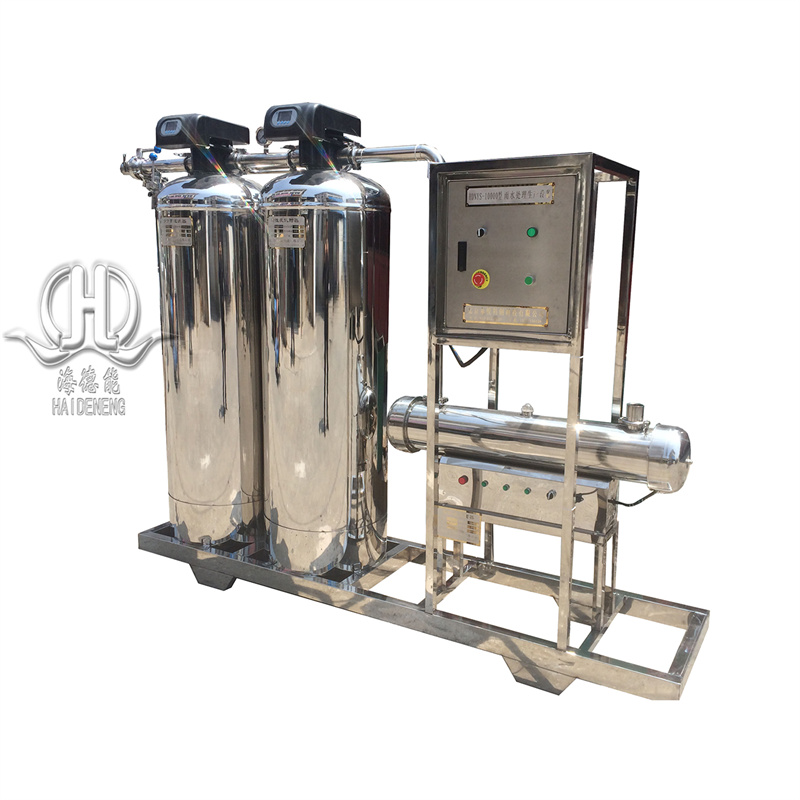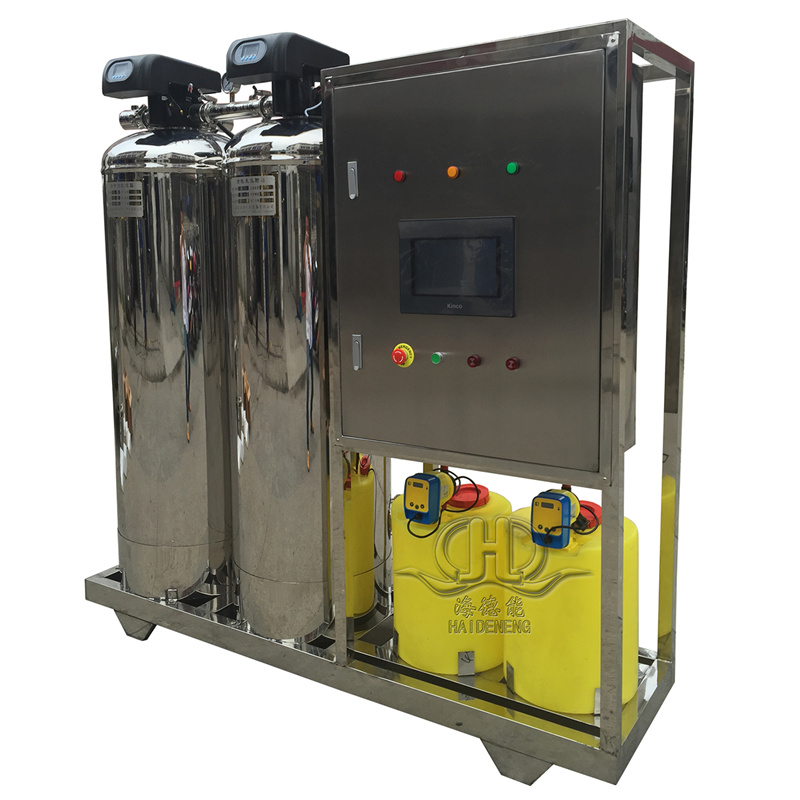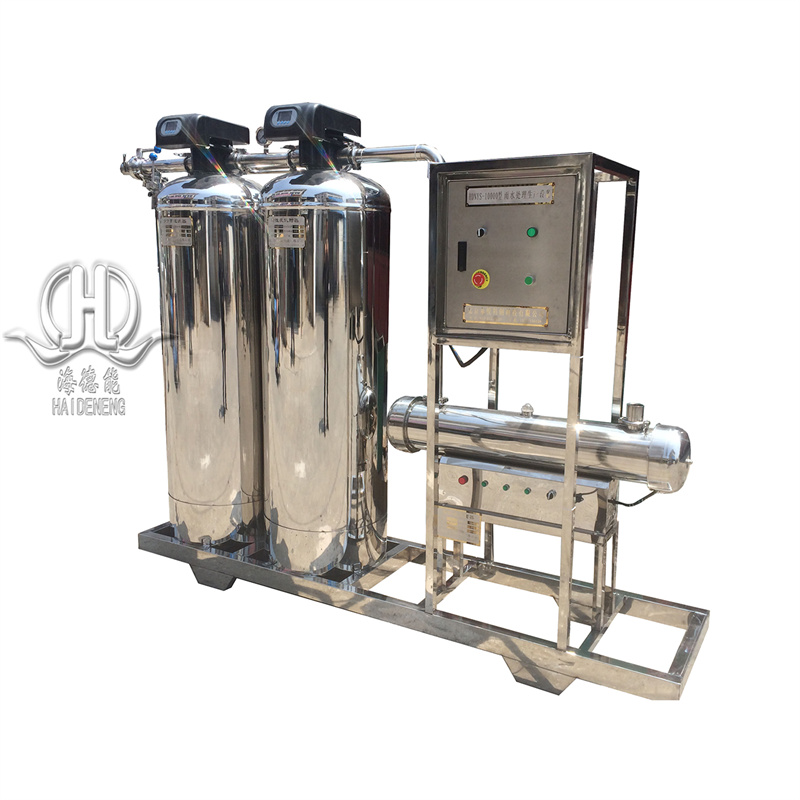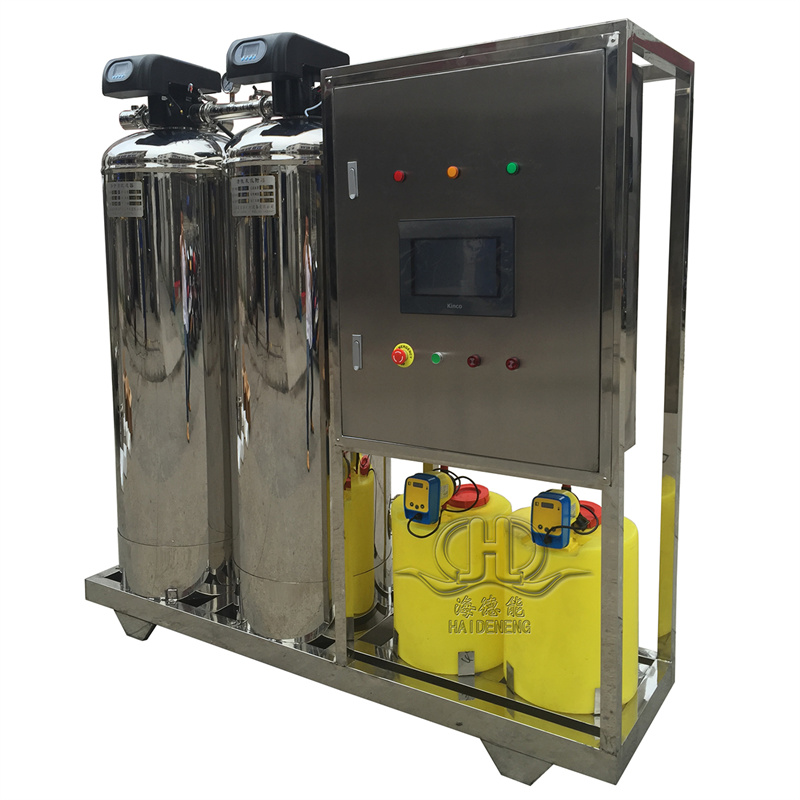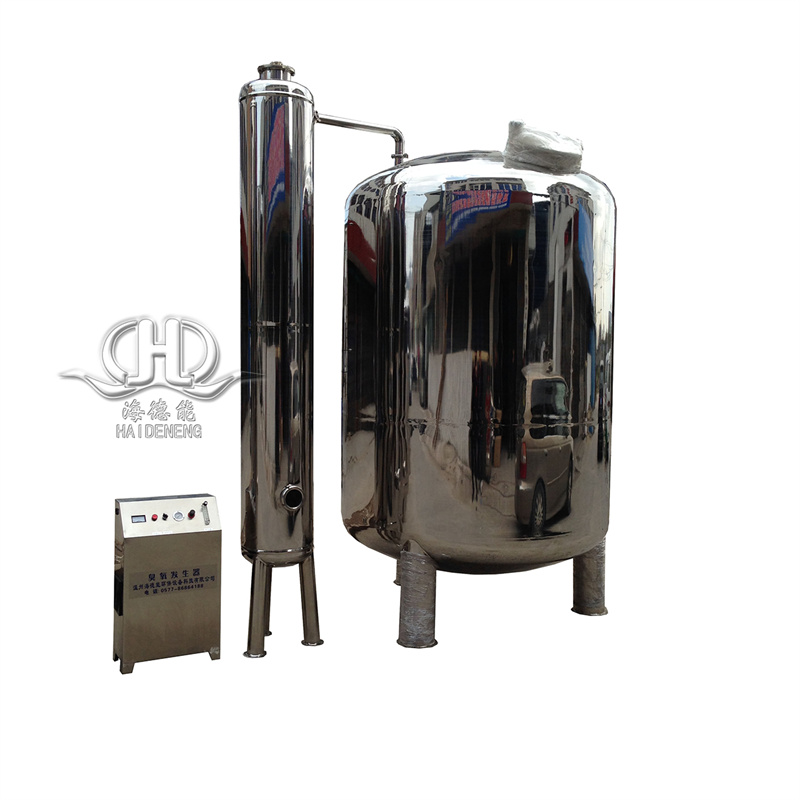Water Filtration System Well water filter Iron And Manganese For Drinking Water
Product Description
A. Excessive Iron Content
The iron content in groundwater should comply with drinking water standards, which stipulate that it should be less than 3.0mg/L. Any amount exceeding this standard is considered non-compliant. The main reasons for the excessive iron content in groundwater are the large-scale use of iron products in industrial and agricultural production, as well as the excessive discharge of iron-containing wastewater.
Iron is a multivalent element, and ferrous ions (Fe2+) are soluble in water, so groundwater often contains iron. When the iron content in groundwater exceeds the standard, the water may appear normal in color initially, but after about 30 minutes, the color of the water may start to turn yellow. When using iron-excessive groundwater to wash pure white clothing, it may cause the clothing to turn yellow and become irreparable. Improper selection of the water source location by users can often lead to excessive iron content in groundwater. Excessive intake of iron is chronically toxic to the human body and can also lead to the contamination of light-colored objects and sanitary ware.
B. Excessive Manganese Content
The manganese content in groundwater should comply with drinking water standards, which specify that it should be within 1.0mg/L. Any amount exceeding this standard is considered non-compliant. The main reason for non-compliant manganese content is that manganese is a multivalent element, and divalent manganese ions (Mn2+) are soluble in water, so groundwater often contains manganese. Improper selection of the water source location can often lead to the presence of excessive manganese in the water. Excessive intake of manganese is chronically toxic to the human body, especially to the nervous system, and has a strong odor, thus contaminating sanitary ware.
Introduction to ozone purification treatment process for groundwater iron and manganese exceeding the standard
Ozone purification treatment process is today’s advanced water treatment method, which can effectively remove color and odor in water. In particular, it has a good treatment effect on individual items such as excessive iron and manganese, excessive ammonia nitrogen, color removal, deodorization, and degradation of organic matter in groundwater.
Ozone has extremely strong oxidizing power and is one of the strongest oxidants known. Ozone molecules are diamagnetic and easily combine with multiple electrons to form negative ion molecules; the half-life of ozone in water is about 35 minutes, depending on the water quality and water temperature; crucially, no residues remain in the water after ozone oxidation treatment. It will not pollute and is more beneficial to human health; the ozone treatment process is relatively simple and the cost of use is low.
The ozone water treatment process mainly utilizes the oxidation ability of ozone. The basic idea is: first, fully mix ozone into the water source to be treated to ensure complete chemical reaction between ozone and target substances to form water-insoluble substances; secondly, through The filter filters out impurities in the water; finally, it is disinfected to generate qualified drinking water for users.
Analysis of the Advantages of Ozone Purification Technology for Drinking Water
General Advantages of Ozone
Ozone purification treatment has the following advantages:
(1) It can improve the properties of water while purifying it, and produces fewer additional chemical pollutants.
(2) It does not produce odors like chlorophenol.
(3) It does not produce disinfection by-products like trihalomethanes from chlorine disinfection.
(4) Ozone can be generated in the presence of air and only requires electrical energy to obtain it.
(5) In certain specific water uses, such as food processing, beverage production, and microelectronics industries, ozone disinfection does not require the additional process of removing excess disinfectant from purified water, as is the case with chlorine disinfection and the dechlorination process.
Residue-Free and Environmental Advantages of Ozone Purification Treatment
Due to ozone’s higher oxidation potential compared to chlorine, it has a stronger bactericidal effect and acts faster on bacteria with significantly lower consumption, and is largely unaffected by pH.
Under the action of 0.45mg/L of ozone, the poliomyelitis virus dies in 2 minutes; whereas with chlorine disinfection, a dosage of 2mg/L requires 3 hours. When 1mL of water contains 274-325 E. coli, the number of E. coli can be reduced by 86% with an ozone dosage of 1mg/L; at a dosage of 2mg/L, the water can be almost completely disinfected.
3. Safety advantages of ozone purification treatment
In the process of raw material preparation and generation, ozone only requires electric energy and does not require any other chemical raw materials. Therefore, it can be said that in the entire process, ozone has obvious safety advantages compared to chlorine dioxide and chlorine disinfection.
① In terms of raw material safety, the production of ozone only requires air separation and does not require other raw materials. The preparation of chlorine dioxide disinfection requires chemical raw materials such as hydrochloric acid and potassium chlorate, which has safety issues and is subject to safety controls.
② From the perspective of the production process, the preparation process of ozone is relatively safe and easy to control; while chemical reactions have many safety factors and are difficult to control.
③ From a usage perspective, the use of ozone is also relatively safe; however, once any problems occur, chlorine disinfection will cause greater damage to equipment and people.


